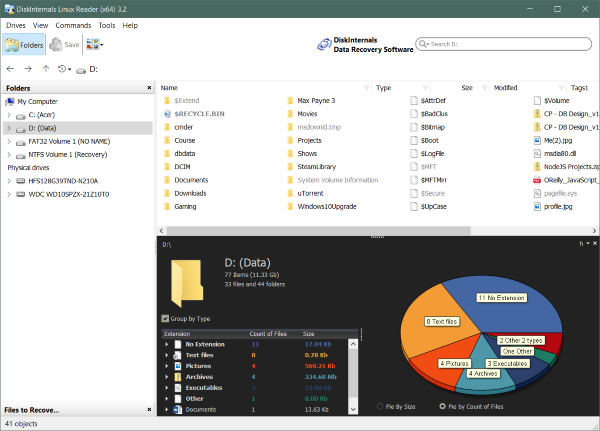

Just open the drive in File Explorer and you’ll be able to view and access your files. If you’re using Windows 10, you can view files on an ext4 drive without any third-party software. Linuxfs, such as ext4, cannot be natively accessed in Windows 10 unless you install drivers. Physical disks formatted using the Linux ext4 filesystem can now be mounted in Windows 10 using the Windows Subsystem for Linux 2. It is possible to read Ext2fsd files, which are included in Ext2/3/4 file systems. There are no drivers available for “Linux” file systems (such as Ext4 or XFS), and as a result, Windows cannot read them at the default. To make changes to the Ext4 partition, you must first copy all files from it to the Windows partition. You can use it to create bootable Linux partitions on both your hard drive and removable drive. The interface of this software is very similar to that of Windows Explorer.

Ext4 can be read and accessed by using DiskInternals Linux Reader as an Ext4 explorer in Windows 10/8/7. Ext4 would be much easier to manage in Windows if there were no restrictions on how it could be managed. A third-party application can be used to read and access Ext4 on Windows 10, 8, or 7. The most common Linux file system, Ext4, is not supported by default in Windows. Each of these methods has its own advantages and disadvantages, so be sure to read through all of them before deciding which one is right for you. Use the built-in Windows Subsystem for Linux. Use a third-party driver such as ext2fsd. In this article, we’ll discuss three of the most popular methods: 1. Fortunately, there are now several ways to read a Linux ext4 filesystem from Windows. This has been a major source of frustration for users who work in mixed Windows and Linux/Unix environments. Since Windows NT was released, its filesystems have been largely incompatible with those of other operating systems.


 0 kommentar(er)
0 kommentar(er)
